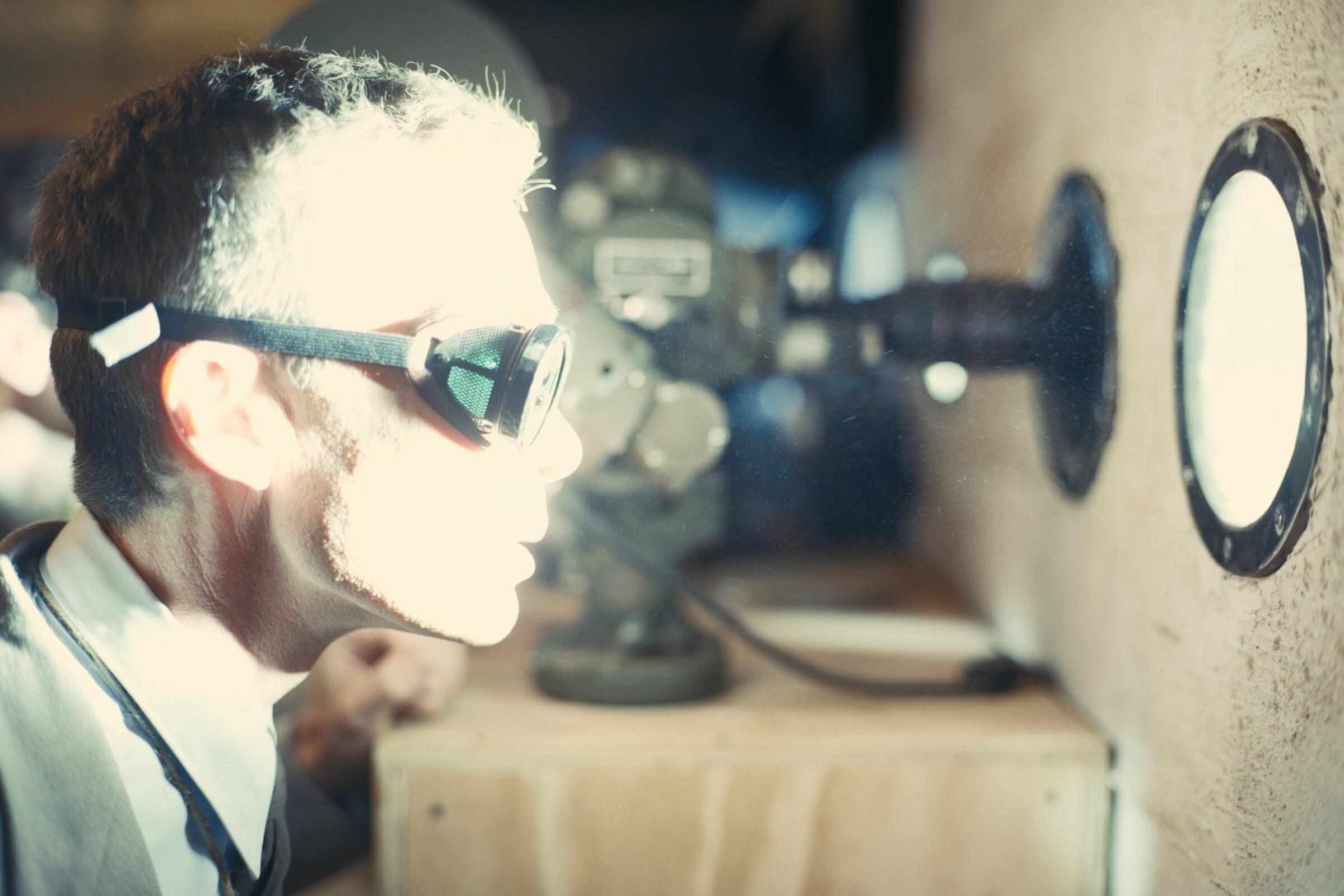It was the poetry of John Donne that inspired theoretical physicist J. Robert Oppenheimer to name the first detonation of a nuclear weapon Trinity. The historic test took place July 16, 1945, deep in the New Mexico desert, and its success changed the military strength of the United States. In recreating the veracity of its destruction for Christopher Nolan’s “Oppenheimer,” an engrossing biopic uncovering the men behind the Manhattan Project, cinematographer Hoyte van Hoytema says the 10-minute sequence based on firsthand accounts was treated like a “climactic moment in a symphony.” “You could say the whole film is working up to that point, and it was obvious that the tension had to be on the knife’s edge,” says the Dutch native. “But as big as everything was, and its meaning, we wanted it to feel small and intimate and driven by the personal experience and subjectivity of Oppenheimer.” A series of cross-cutting scenes ratcheted the tension while lighting cues illuminated the explosion’s intensity. Oppenheimer (Cillian Murphy) eventually is drenched in a wash of white light. “I wanted the brightness to be almost like an X-ray, because you can see and feel it even more when looking at other things,” says Van Hoytema. It’s a moment of radical visual poetry.




